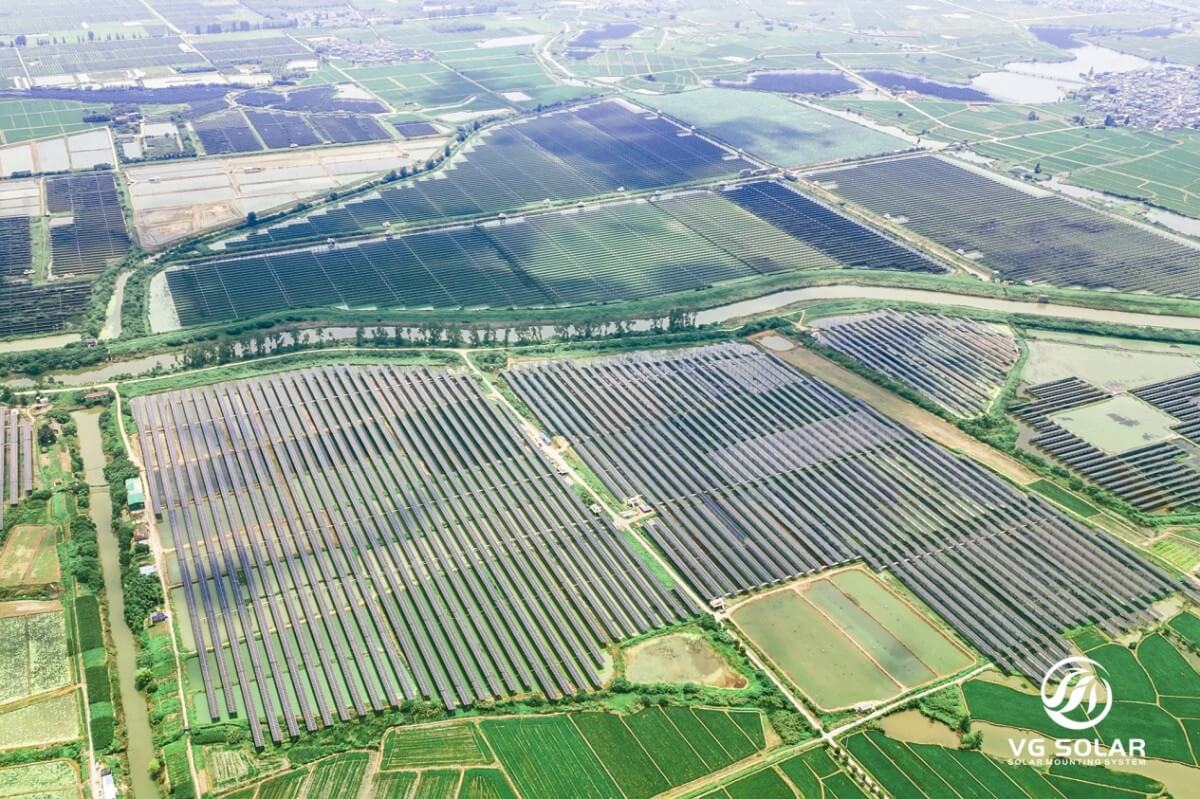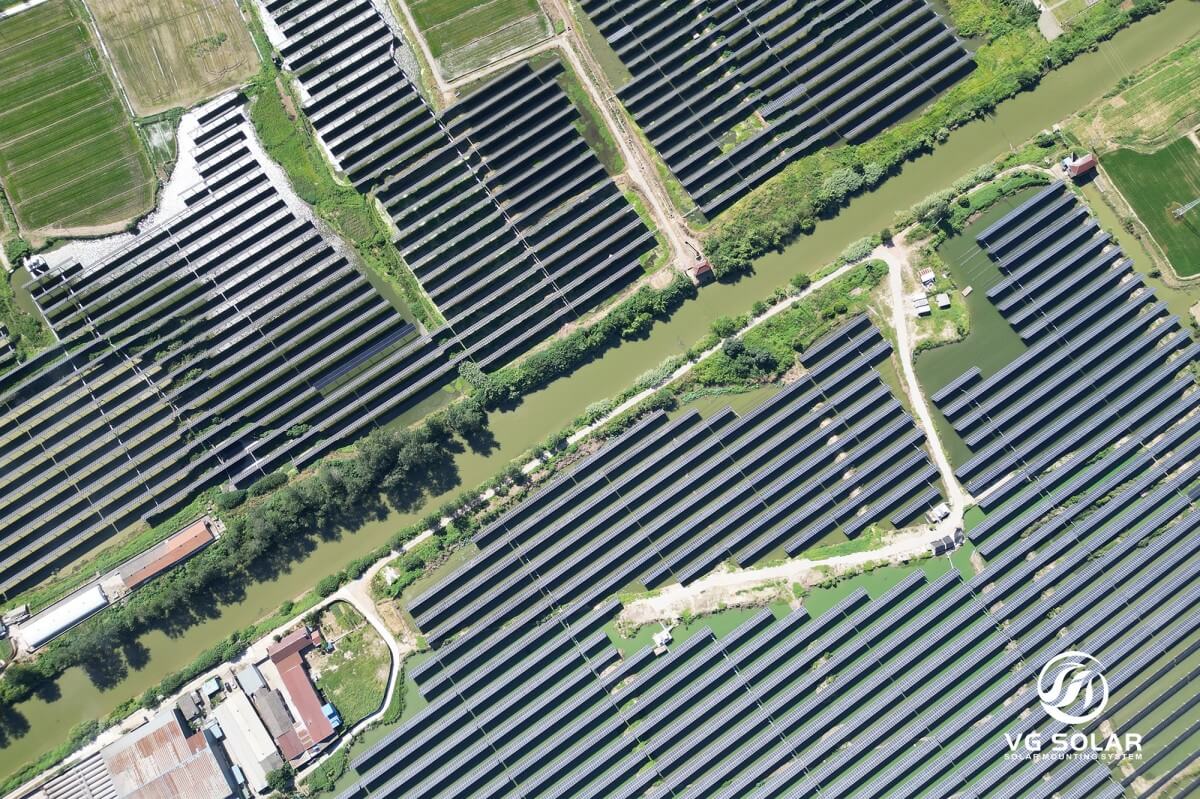The photovoltaic (PV) industry is undergoing a major transformation as the world increasingly turns its attention to renewable energy. A new photovoltaic cycle is approaching, bringing with it the emergence of advanced technologies that promise to increase the efficiency and effectiveness of solar systems. Among these innovations, the integration of artificial intelligence (AI) and big data with photovoltaic cycle tracking systems stands out, highlighting the tremendous value these systems bring to solar power generation.
The main function of a photovoltaic tracking system is to optimise the angle of the solar panels to maximise the amount of sunlight throughout the day. Traditional fixed solar panels have a limited ability to capture sunlight because they remain stationary and can only capture solar energy when the sun is shining directly. In contrast, tracking systems adjust the position of the solar panels in real time as they follow the sun’s path across the sky. This dynamic adjustment can significantly increase energy output, making tracking systems an essential component of modern solar installations.
The new generation of photovoltaic tracking systems takes this concept a step further by incorporating cutting-edge technologies such as artificial intelligence and big data analytics. These systems use real-time data to monitor weather conditions, solar radiation and other environmental factors that affect energy production. By analysing this data, tracking systems can make informed decisions about the best angles for solar panels to receive as much sunlight as possible.
One of the key benefits of these advanced tracking systems is their ability to adapt to changing weather conditions. In the event of severe weather (such as heavy rain or snow), the system can automatically adjust the panel to a protective angle. This not only helps to protect equipment from potential damage, but also minimises energy loss during adverse conditions. By optimising the protection angle, power plants can reduce maintenance costs and extend the life of solar installations.
In addition, the integration of artificial intelligence and big data into PV tracking systems enables predictive analytics. By using historical data and machine learning algorithms, these systems can predict energy production and adjust their operations accordingly. This capability is particularly beneficial for power plants, allowing them to better manage energy production and match it to demand. As a result, operators can reduce the costs associated with energy storage and grid management, ultimately increasing efficiency and profitability.
The growing demand for renewable energy solutions further highlights the value of these advanced tracking systems. As governments and organisations around the world work to reduce carbon emissions and move towards sustainable energy, the need for efficient solar power has become even more critical. The new photovoltaic cycle provides an opportunity for the industry to adopt these innovative technologies to reduce costs and improve the overall performance of solar systems.
In summary, the integration of artificial intelligence and big data into photovoltaic cycle tracking systems represents a major advance in solar technology. As the new photovoltaic cycle unfolds, the value of these tracking systems is becoming increasingly apparent. By optimising the angle of solar panels in real time and adapting to changing weather conditions, these systems not only increase energy production, but also help to save costs and increase the efficiency of power plants. As the renewable energy landscape continues to evolve, embracing these innovations is critical to maximising the potential of solar energy and achieving a sustainable energy future.
Post time: Feb-08-2025


